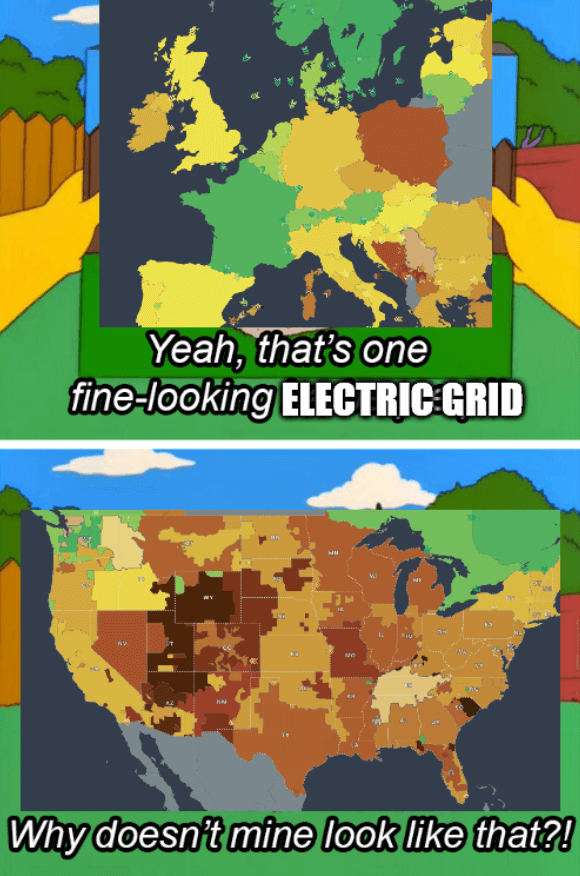this post was submitted on 19 Jul 2024
388 points (94.9% liked)
memes
15056 readers
19 users here now
Community rules
1. Be civil
No trolling, bigotry or other insulting / annoying behaviour
2. No politics
This is non-politics community. For political memes please go to [email protected]
3. No recent reposts
Check for reposts when posting a meme, you can only repost after 1 month
4. No bots
No bots without the express approval of the mods or the admins
5. No Spam/Ads
No advertisements or spam. This is an instance rule and the only way to live.
A collection of some classic Lemmy memes for your enjoyment
Sister communities
- [email protected] : Star Trek memes, chat and shitposts
- [email protected] : Lemmy Shitposts, anything and everything goes.
- [email protected] : Linux themed memes
- [email protected] : for those who love comic stories.
founded 2 years ago
MODERATORS
you are viewing a single comment's thread
view the rest of the comments
view the rest of the comments

Exactly. This means that pumping money into this sector is ineffective if the goal is to combat climate change - the optimal build times will most likely not be met for any of the initial reactors that could be built, which pushes the first day of power generation back further and further. Renewables start to give some power immediately while you're building up more and more capacities.
Given the technological advancements and the current prices, it's a good idea to start investing massively. If this should affect pricing negatively instead of positively (it was the latter before), investments could ensure local production. Every country will want access to silicon anyway for chip production, so this is not a new problem, just a difference of scale.
The price of batteries keeps falling and falling. Recently, the price of renewables + grid-scale storage has fallen below the equivalent price of nuclear energy. Given the current pricing trends, investing in nuclear means hoping that the trend reverses. With renewables and grid-scale storage, you're simply betting on the same trends of the last decade continuing.
Just like with nuclear energy, these are problems of investments and scale. Because of the supply of used turbine blades increasing, there has been a lot of development and investment into recycling them, and the situation has already improved a lot. You're, again, hoping that the same will happen for nuclear energy on a short-enough timescale.
And that somehow means it should stay centralized? A decentralized grid has a bunch of advantages: lower costs for the individual participants, higher resilience during catastrophes, lower impact of maintenance/disruptions/attacks, and a much shorter time to first production.